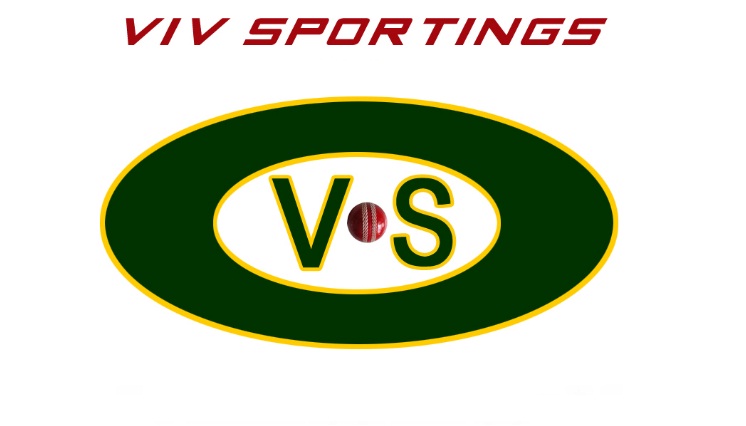
The Premier League 2010-11 season kicks off next Saturday, 14th August. Defending champions Chelsea will kick off the new campaign at home to newly-promoted West Bromwich Albion. Find all the latest updates here as we share the experience with you over the next few months.
For those who’ve just joined in:
The Premier League is England’s primary football club competition. At the top of the English Football Pyramid, it operates on a system of promotion and relegation with The Football League which lies below it.
Every year the Premier League season takes place from August to May and during these 9 months, each Premier League team plays every other team twice, on a home and away basis, for a total of 38 games. Teams receive 3 points for a win, 1 point for a draw, and none for a loss. At the end of each season, the club with the most points is crowned champion. If points are equal, the goal difference and then goals scored determine the winner.
The Premier League consists of 20 clubs. The three lowest teams in the Premier League at the end of the season are relegated to the Football League while three teams from Football League are promoted to the Premier League.
Winners of the Premier League qualify for European championships including UEFA (Union of European Football Associations) Champions League and UEFA Europa League.
The top four teams in the Premier League qualify for the UEFA Champions League, with the top three teams directly entering the group stage. The fourth-placed team enters the Champions League at the play-off round. The team placed fifth in the Premier League automatically qualifies for the UEFA Europa League, and the sixth and seventh-place teams can also qualify, depending on the winners of the two domestic cup competitions.
Most games are played on Saturdays and Sundays, with a few games played during weekday evenings. It is sponsored by Barclays Bank and therefore officially known as the Barclays Premier League.
Promoted as "The Greatest Show On Earth", the Premier League is the world's most popular and most watched sporting league, followed worldwide by over half a billion people in 202 countries.
Since its inception in 1992, it has only been won by 4 teams – Manchester United, Blackburn Rovers, Arsenal and Chelsea. Manchester United has dominated the league through 11 wins and Chelsea are current Champions.
In addition to the winner's Trophy and the individual Winner's Medals, the Premier League also awards the monthly, Manager of the Month and Player of the Month awards, and the annual Manager of the Year as well as the Golden Boot, awarded to top goal scorer and the Golden Glove, awarded to the goal keeper with most clean sheets.
Premier League 2010-2011
This year’s Premier League will be the nineteenth season of the league. The 2010–11 fixtures were released on 17 June 2010 . The season will begin on 14 August 2010, and conclude on 22 May 2011.
17 teams from the 2009-10 Premier League are contesting this time, while 3 teams have been promoted from the Football League. These are 2009–10 Football League Championship champions Newcastle United and runners-up West Bromwich Albion as well as Blackpool who will be appearing for the first time in Premier League.This will also be the first time since 1983–84 that all four major West Midlands clubs — Birmingham City, West Bromwich Albion, Aston Villa and Wolverhampton Wanderers — will all have been in the top division at the same time.
It will also be the first time that the Black Country derby will be contested in the Premier League. And with Portsmouth relegated, this season's Premier League will have no Southern English clubs outside London.
What's Making Headlines
Chelsea will take on Manchester United in the 2010 Community Shield tomorrow, 8th August at Wembley Stadium, in what is considered to be a curtain raiser for the Premier League season starting one week from now. Premier League’s defending champions, Chelsea are the favourites to claim the Community Shield silverware. The game is usually considered a massive confidence booster for the winner as each team would most likely be the main Premiership rival for the other.
The league has introduced a "home grown players" rule this season. From this season onwards Premier League clubs will have to name a squad of up to 25 players and the new rule will require clubs to name at least eight players in their squad of 25 that have been registered domestically for a minimum of three seasons prior to their 21st birthday. The hope is that this rule change will have a beneficial knock-on effect at international level, giving England a greater pool of potential players. It aims to encourage the development of young footballers at Premier League clubs and will also reward clubs for their investment in youth.
Fixtures for this Month
Saturday, 14 August 2010
Aston Villa v West Ham, 15:00
Sunderland v Birmingham, 15:00
Wolverhampton v Stoke, 15:00
Sunday, 15 August 2010
Monday, 16 August 2010
Saturday, 21 August 2010
Birmingham v Blackburn, 15:00
Everton v Wolverhampton, 15:00
West Brom v Sunderland, 15:00
Sunday, 22 August 2010
Newcastle v Aston Villa, 13:30
Monday, 23 August 2010
Saturday, 28 August 2010
Wolverhampton v Newcastle, 15:00
Sunday, 29 August 2010
Bolton v Birmingham, 13:30
Sunderland v Man City, 15:00
Aston Villa v Everton, 16:00





